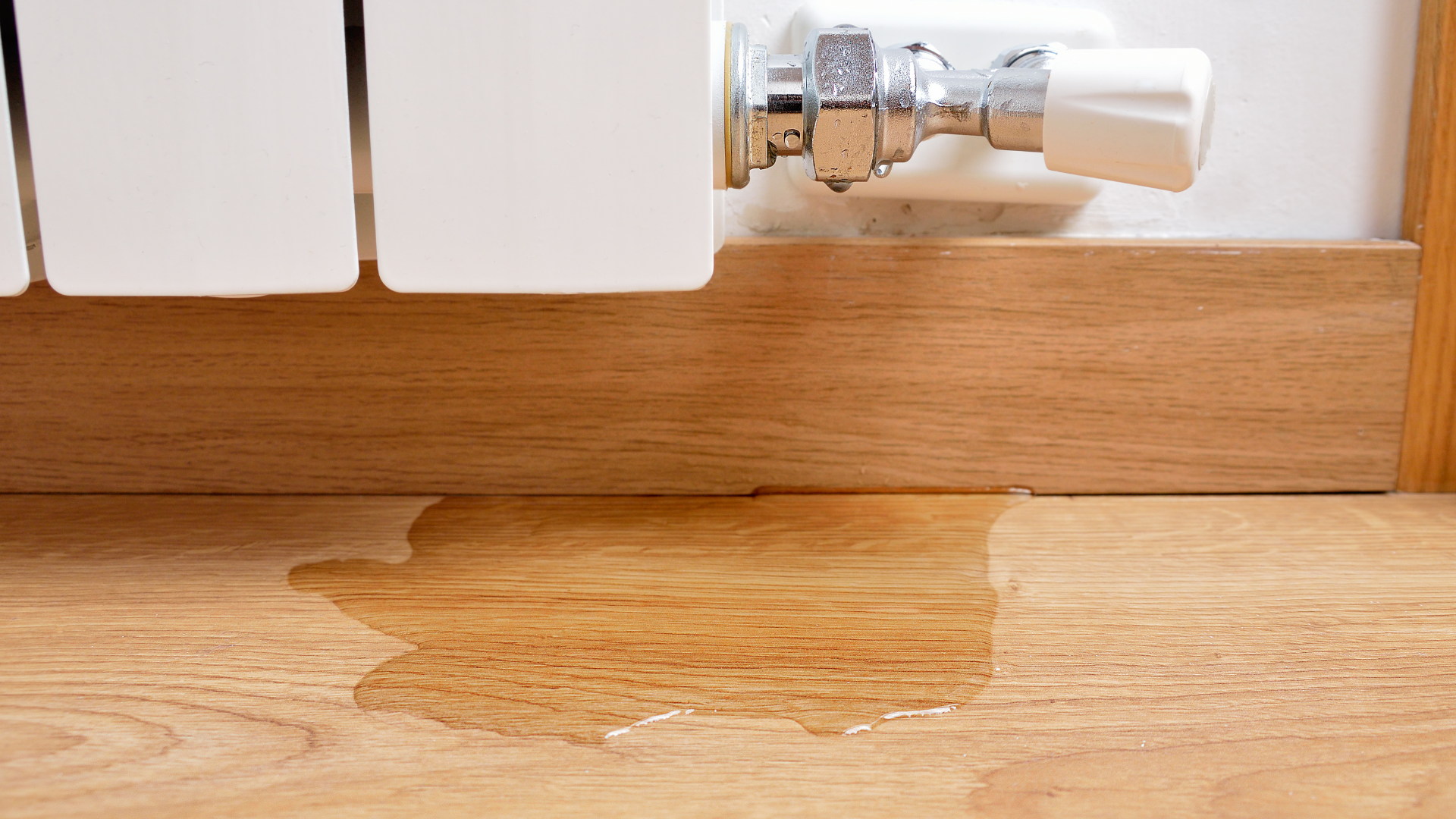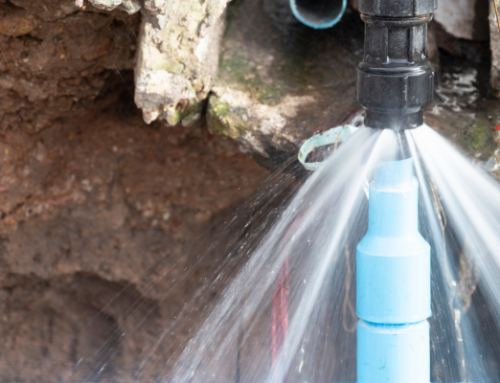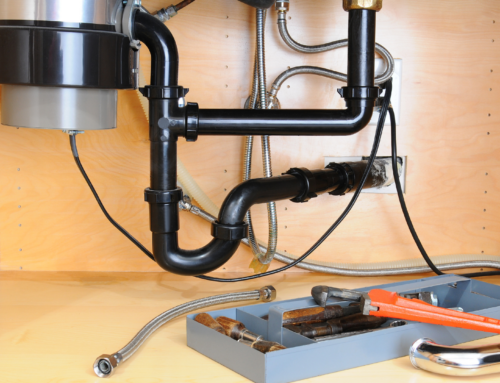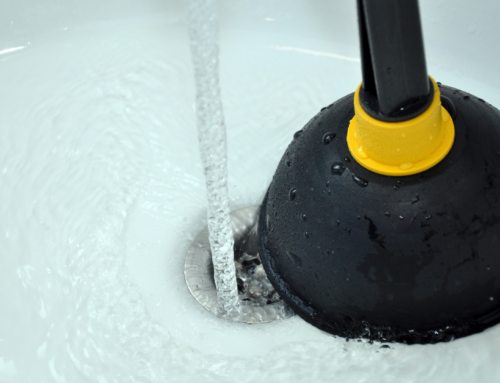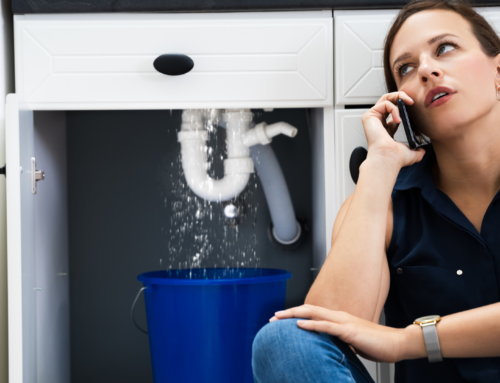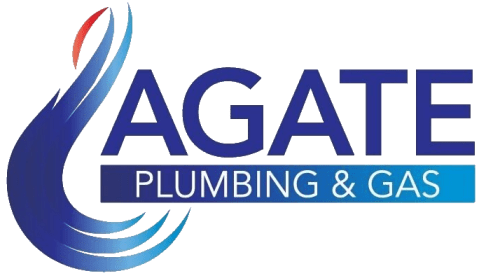There are few things more irritating than the drip, drip, drip of a leaky tap. However, this is a minor inconvenience compared to other ramifications of ignoring a water leak. Water leaks can lead to a cascade of problems, from structural damage to health hazards. Agate Plumbing & Gas is here to help you understand some of them.
Water Leaks Lead to Costly Consequences
Every property owner, whether residential or commercial, detests damp. If you enter a property that suffers from this pervasive problem, you can see, smell, and feel it. All this from what may have initially been a minor drip or trickle. Despite their importance, water leaks are often overlooked or dismissed until the consequences become impossible to ignore.
Join us as we delve into the diverse array of leaks that can afflict properties, exploring their causes, symptoms, and implications.
A List of Leaks
To avoid ignoring a leak, you’ll first need to know where they can be found. Some are more obvious than others. Here are some common types of water leaks found in properties:
- Pipe Leaks: Pipe leaks occur when there is damage or deterioration to the plumbing pipes within a property. This can include leaks in supply pipes, which bring water into the property, or leaks in drain pipes, which carry wastewater away. Pipe leaks can be caused by corrosion, joint failure, high water pressure, freezing temperatures, or physical damage.
- Fixture Leaks: Leaks can also occur at plumbing fixtures such as sinks, toilets, showers, and bathtubs. Common causes of fixture leaks include worn-out seals, loose connections, cracked porcelain or plastic components, and faulty plumbing installations. Fixture leaks are often localised and may be easier to detect than hidden pipe leaks. You’re more likely to notice if a little pool is forming at the base of your loo.
- Appliance Leaks: Appliances such as washing machines, fridges with ice makers, and water heaters can develop leaks over time. These leaks can originate from damaged hoses, faulty seals, rusted components, or improper installation. Appliance leaks are often discovered when water accumulates around the appliance, or performance suddenly drops. If there is more water outside your dishwasher than inside, you know you’ve got a problem.
- Roof Leaks: Roof leaks occur when water penetrates the roofing materials and infiltrates the property’s interior. Common causes of roof leaks include damaged or missing shingles, deteriorated flashing, clogged gutters, and improper installation. You’re not exactly going to be using an umbrella indoors, but roof leaks can lead to water damage to ceilings, walls, and insulation.
- Foundation Leaks: Water can seep into properties through cracks or gaps in the foundation, basement walls, or slab floor. This type of leak is common in properties with poor drainage, high groundwater levels, or inadequate waterproofing measures. If left untreated, foundation leaks can also lead to basement flooding, moisture issues, and structural instability.
- HVAC Leaks: Heating, ventilation, and air conditioning (HVAC) systems can develop leaks in their condensate lines, evaporator coils, or refrigerant lines. This can result from corrosion, improper installation, or lack of maintenance. These leaks can cause water damage to ceilings, walls, and flooring, mould growth and air quality issues.
- Irrigation System Leaks: Properties with irrigation systems for landscaping or gardening can experience leaks in underground pipes, valves, or sprinkler heads. These leaks may go unnoticed for extended periods, leading to water waste and landscape damage.
- Window and Door Leaks: Improperly sealed windows and doors allow water to infiltrate the property during rainstorms. This type of leak can damage interior walls, floors, and furnishings, as well as cause mould growth and energy loss.
Detailing the Damage
We’ve touched on some risks associated with hidden pipe leaks, roof leaks, and appliance leaks. Now, let’s focus on these risks in more detail:
- Property Damage: Water leaks can cause extensive property damage. They can weaken foundations, compromise walls, mark paint, and rot wooden structures. Prolonged exposure to water can compromise your building’s structural integrity, leading to costly repairs or even making the property unsafe to inhabit. Over time, water will promote mould growth and cause decay. Even your personal belongings are not safe. Your furniture, electronics, clothes, and Mr Snuggles the teddy bear are all at risk.
- Mould Growth: Stagnant water from leaks provides an ideal breeding ground for mould and mildew. These microorganisms thrive in damp, dark spaces, such as behind walls and under flooring. Mould damages surfaces and poses health risks, particularly to those with respiratory issues or allergies. It will also fill your home or business with musty odours that not even the best air freshener can tackle.
- Health Risks: Beyond mould and mildew, water leaks can create other health hazards within the property. Standing water provides breeding grounds for bacteria and parasites, increasing the risk of waterborne illnesses. Additionally, leaks in plumbing systems can introduce contaminants into the water supply, compromising its quality and safety for consumption.
- Increased Water Bills: Even minor leaks can waste a significant amount of water over time, leading to higher water bills. Ignoring the leak means you’re continuously paying for water you’re not using.
- Electrical Hazards: Water leaks near electrical outlets, wiring, or appliances can create electrical hazards, increasing the risk of shocks, short circuits, or fires.
- Pest Infestation: Standing water attracts pests like cockroaches, ants, and mosquitoes, which can further exacerbate the problem and create additional health risks.
- Decreased Property Value: Untreated water damage can significantly reduce the value of your property. Potential buyers may be deterred by the prospect of having to deal with existing water damage and mould issues.
- Insurance Issues: Insurance policies often have clauses regarding timely reporting and mitigation of water damage. Ignoring a leak and allowing it to cause extensive damage could lead to complications with insurance claims.
Take Action with Agate
By understanding the risks and consequences associated with different types of water leaks, you can take proactive steps to minimise your maintenance costs. One of the best ways to stop a drip from turning into a destructive disaster is to consult experts.
The skilled technicians at Agate Plumbing and Gas will find and fix leaks effectively and efficiently. We offer practical advice on preventing future leaks and water damage and understand the importance of acting quickly when leaks occur. All you need to do now is get in touch today!

